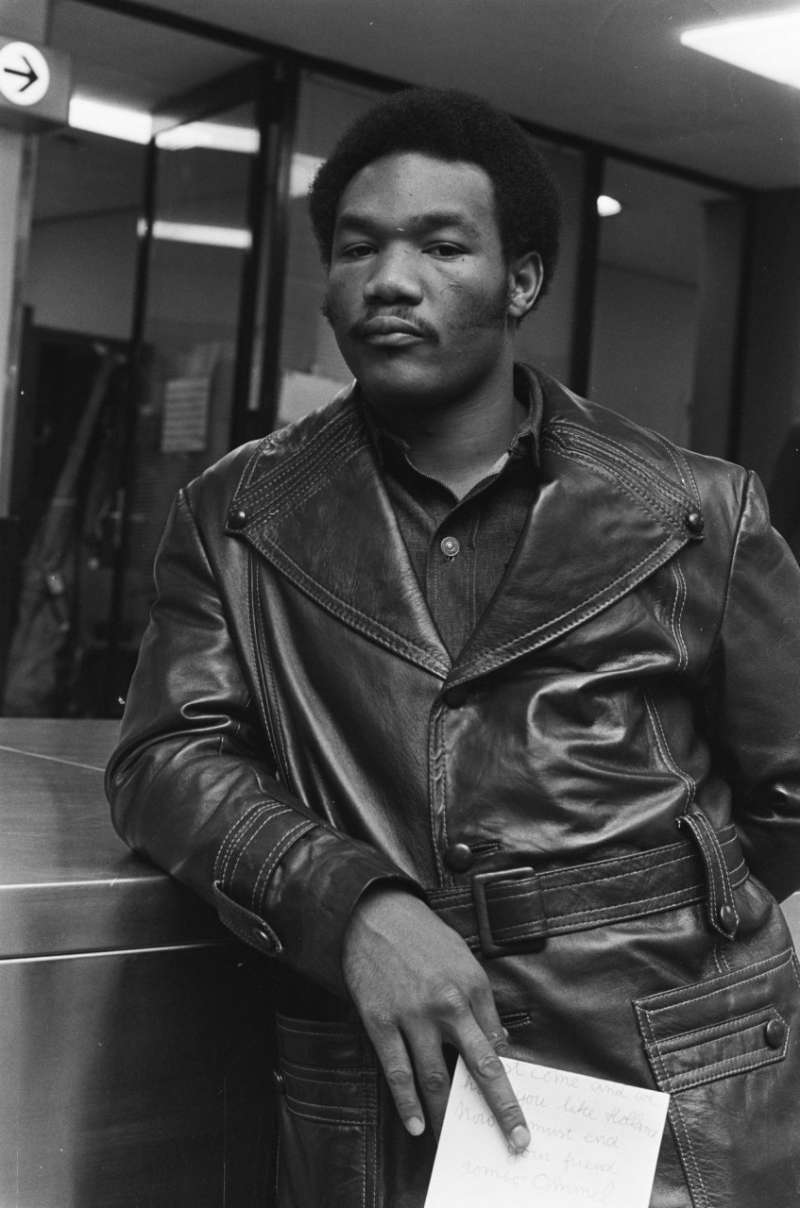The 'History of Online Texas Holdem' is an excerpt from the book 'Fundamentals of Playing Online Texas Holdem Poker' published by Mike Matteo, the Founder and Owner of PlayGreatPoker.com. Learn More About the Book
History of Online Texas Holdem Online Poker was born in 1998. The first real money online game was played on January 1, 1998. Planet Poker was the first site to offer a real money Poker game. According to some historicians was the first Texas Holdem Poker game in poker history played in small town Robstown in Texas in early 19th century. This game was very fast spreading to the saloons in US southwest and was also know under name 'Devil's River' because heavy drinking and fight were part of the game back then. Play Texas Holdem Poker for Free. Practice Online Texas Holdem Poker Absolutely Free and with No Registration required. The legend says that the earliest version of the game was played by Robstown, Texas in the early 1900s. The game is said to have first come to Dallas, Texas, in 1925 and the word ‘Poker' of which it is a popular version, comes from the German word ‘ pochen ', which means, ' to knock '. Texas Holdem Poker history is still very unclear in spite of many historicians trying to clarify it. The time, history of poker details as well as the country where Texas Holdem Poker was born are unknown. Spanish game called 'Primero' is considered to be the mother of poker as we know it today.
Online Poker was born in 1998. The first real money online game was played on January 1, 1998. Planet Poker was the first site to offer a real money Poker game. Even though there were many network connection issues and servers were slow, online gambling netted over 800 million dollars the first year. In 1999 a second real money website launched called Paradise Poker. It quickly overtook Planet Poker and became the most popular poker site online. Soon, numerous online sites started popping up in offshore areas like Costa Rica and Antigua. Online Texas Hold'em continued to grow but really took off in 2003.
What is now known as the online 'Poker Boom' was a period between 2003 and 2006 during which poker, mainly Texas Hold'em, grew in leaps and bounds with the poker player pool at least doubling in size every year.
One event helped fuel the boom. In 2003 Chris Moneymaker won the World Series of Poker Main Event in Las Vegas. Moneymaker won his seat into the main event with a $39 satellite tournament in the PokerStars online poker room. His first-place finish in the World Series of Poker, which netted him 2.5 million dollars, became headline news and helped start the upward trend in poker's popularity over the next few years both live and online.
During this boom period of online poker, the games were easy to make money for anyone with basic knowledge of poker. The tables were full of fish. Many experienced players became Internet pros making a living at online poker with some becoming household names. At any time of the day, tables were full at every betting level and dozens of tournaments were running all of the time.
This era was not without concerns. The poker rooms were all offshore and not regulated. Internet poker rooms were popping up daily and also going out of business with a high frequency. Sites that failed would disappear and players would lose any money in their accounts with no recourse. Some worried whether it was legal to have and play with an offshore account, as well as if the government crackdown would occur on offshore gambling. Still, even with these concerns, the online poker market was booming.
The beginning of the end of the boom is generally considered to be October 2006. The US Senate attached the Unlawful Internet Gambling Enforcement Act (UIGEA) to the Safe Ports Act, making it illegal for US banks to process online gambling payments for US residents. This caused several online poker sites, including the industry leader at the time, Party Poker, to leave the United States.
Most offshore sites continued to accept US players and alternative payment methods like NETeller became popular for transferring funds.
Then more trouble came along for sites hosting offshore gambling. April 15, 2011, became forever known in the online poker world as 'Black Friday.' Three of the biggest online poker sites serving players in the United States had their web domains seized and shut down by the US Department of Justice, which alleged they were in violation of federal bank fraud and money laundering laws. All three stopped serving the US, subsequently crippling the online poker market. Players who had money on those sites could no longer gain access to their funds. By the end of 2011 easy access to Online Poker was a thing of the past. The boom seemed over, maybe forever.
The year following Black Friday was probably the most down period for online poker. With online poker crippled, player confidence shaken, and very few options remaining, many players stopped playing online. Some online poker pros moved out of the country to places like Costa Rica and Mexico to continue playing online. There, they could access their frozen assets from the blocked sites and play free of government impediment. Very few players in the US continued to play and the offshore options were extremely limited.
If Black Friday was the low point then 2012 was the start of the comeback. Good news came along with a ruling by a federal judge that helped pave the way for states to legalize online poker in the US. The judge ruled that poker did not violate federal law because poker is not a game of chance, rather a game of skill. In 2013, Nevada, New Jersey, and Delaware legalized regulated online poker. The first ever US regulated poker hand was dealt on April 30, 2013. Residents in these states could play online legally and regulated. The good news was tempered by the fact that in these few states with legalized online poker the online poker experience did not compare to action in the boom days of 2005. The player pools were smaller and players much tougher, but poker was available and legal for anyone of age to play. Unfortunately, the good news was limited to residences in those states.
From 2013 to 2016 only Nevada, Delaware and New Jersey had legalized poker but with Black Friday in the rear-view mirror, online poker made a comeback. Not long after Black Friday, small private offshore sites started to become available to US players. More sites became available to players with each passing year. Players slowly returned and online poker gained steam as each year passed without any additional federal government interference. Even though the top offshore online poker sites continued to not accept US players, by 2016 plenty of options existed. Although not robust as the poker boom, online poker was healthy and available for anyone in the US.
During this period, many other states like Pennsylvania, New York, California, Illinois, Michigan, and Massachusetts tried year after year to legalize online poker only to be blocked by state government politics and political agendas.
Finally, in 2017 more good news came for legalized poker in the US. Pennsylvania became the fourth state to pass an online poker bill allowing residents in that state to play legally regulated online poker. Then in 2018, the US government passed a bill that allowed states to legalize sports betting. This provided even more incentive for states to pass a combination bill of sports betting and online poker. Now the floodgates were open for states to legalize poker and to spread across the US.
Today online poker is available to just about every US player whether you live in a state that has legalized online poker or not. Players not playing in one of the states with regulated poker are playing on offshore sites. You can easily find online poker sites available to you with reviews in a few minutes with a quick internet search.
11:4623 Jan
Texas hold'em is by far the most popular variant of poker in the world today. It has been that way for decades but never more so than during this millennium following the poker boom.
The origins of the variant are shrouded in mystery, with very little known except the birth of the game being around the early 1900's in Robstown, Texas. For decades the game spread like wildfire around the Lone Star state, but no further than its borders.
It wasn't until 1967 when legends Doyle Brunson, Amarillo Slim, and Crandell Addington upped sticks and moved to Las Vegas that people began to wonder what his new, exciting game was all about.
Beginning of an Era
At the beginning, Texas hold'em was only found at the Golden Nugget Casino, which hindered the game's growth as the card room there wasn't the nicest around. In fact, most professionals who were resident in the city wouldn't consider going there.
It wasn't until the road gamblers played a game in the entrance of the Dunes Casino that word started to spread. This was right in the middle of The Strip giving the game maximum exposure. How much does a poker dealer make in florida.
Around the same time a man called Tom Moore was trying to get the best poker players in the world to play at an event named the Gambling Fraternity Convention. For whatever reasons he couldn't pull it off, so in stepped Benny and Jack Binion who bought the rights from Moore and changed the name to the World Series of Poker.
In 1970 the WSOP circus headed to Binion's Horseshoe Casino where a series of cash games would be the format. Several games were spread with one of the variants being no limit Texas hold'em.

The Binions Take a Risk
This didn't go unnoticed by observers who persuaded the Binions to change the format to what we still have today—a NL hold'em tournament.
It definitely took a while for the game to grow. In 1972 there were only eight entries, but this grew to around 10,000 at the peak of the poker boom.
During the 70's Texas hold'em continued to grow in popularity, but not by as much as the top players hoped. Those guys could really see what a great game it is and wanted others to understand. It wasn't nicknamed the Cadillac of Poker without reason.
Doyle Brunson then took matters into his own hands by writing the original classic Super System. This was the real beginning of poker growing into what it is today.
The growth, although welcome, wasn't exactly booming. It took a few events for it to really get going.
Texas Hold'em Poker History
The year 1998 was significant for a couple of reasons. It was the release date for the classic poker movie Rounders, and also when online poker was introduced to the world. Poker started to make some serious headway at this point but nothing prepared us for what was to come five years later.
Texas Hold'em
In 2003 an accountant from Tennessee called Chris Moneymaker won the NL Texas hold'em WSOP Main Event after winning his seat in an $86 online qualifier.
All of a sudden, Texas hold'em was synonymous with poker. Everybody now knew the game where you got dealt two cards and had to make a five-card hand in combination with the five community cards.
And it looks so simple. Almost everybody who played the game thought they were great at it. The poker boom that took place over the next few years was unlike anything seen before because of this.

Texas hold'em is by far the most popular variant of poker in the world today. It has been that way for decades but never more so than during this millennium following the poker boom.
The origins of the variant are shrouded in mystery, with very little known except the birth of the game being around the early 1900's in Robstown, Texas. For decades the game spread like wildfire around the Lone Star state, but no further than its borders.
It wasn't until 1967 when legends Doyle Brunson, Amarillo Slim, and Crandell Addington upped sticks and moved to Las Vegas that people began to wonder what his new, exciting game was all about.
Beginning of an Era
At the beginning, Texas hold'em was only found at the Golden Nugget Casino, which hindered the game's growth as the card room there wasn't the nicest around. In fact, most professionals who were resident in the city wouldn't consider going there.
It wasn't until the road gamblers played a game in the entrance of the Dunes Casino that word started to spread. This was right in the middle of The Strip giving the game maximum exposure. How much does a poker dealer make in florida.
Around the same time a man called Tom Moore was trying to get the best poker players in the world to play at an event named the Gambling Fraternity Convention. For whatever reasons he couldn't pull it off, so in stepped Benny and Jack Binion who bought the rights from Moore and changed the name to the World Series of Poker.
In 1970 the WSOP circus headed to Binion's Horseshoe Casino where a series of cash games would be the format. Several games were spread with one of the variants being no limit Texas hold'em.
The Binions Take a Risk
This didn't go unnoticed by observers who persuaded the Binions to change the format to what we still have today—a NL hold'em tournament.
It definitely took a while for the game to grow. In 1972 there were only eight entries, but this grew to around 10,000 at the peak of the poker boom.
During the 70's Texas hold'em continued to grow in popularity, but not by as much as the top players hoped. Those guys could really see what a great game it is and wanted others to understand. It wasn't nicknamed the Cadillac of Poker without reason.
Doyle Brunson then took matters into his own hands by writing the original classic Super System. This was the real beginning of poker growing into what it is today.
The growth, although welcome, wasn't exactly booming. It took a few events for it to really get going.
Texas Hold'em Poker History
The year 1998 was significant for a couple of reasons. It was the release date for the classic poker movie Rounders, and also when online poker was introduced to the world. Poker started to make some serious headway at this point but nothing prepared us for what was to come five years later.
Texas Hold'em
In 2003 an accountant from Tennessee called Chris Moneymaker won the NL Texas hold'em WSOP Main Event after winning his seat in an $86 online qualifier.
All of a sudden, Texas hold'em was synonymous with poker. Everybody now knew the game where you got dealt two cards and had to make a five-card hand in combination with the five community cards.
And it looks so simple. Almost everybody who played the game thought they were great at it. The poker boom that took place over the next few years was unlike anything seen before because of this.
The game of NL Texas hold'em is why poker is what it is today. It is still the most popular poker variant in the world despite serious competition from pot limit omaha, and we expect that to remain the case for many years to come.
New fans of poker could do far worse than learning how to play Texas hold'em.
Texas Hold'em Poker Superhry
- Want poker news as it breaks? Join the Poker News and Gossip Telegram channel!
